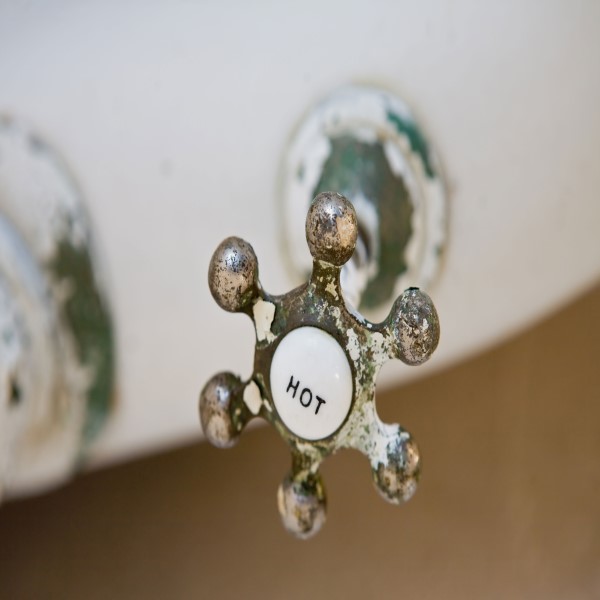
Iron in Water

One of the most obvious signs that you may have dissolved iron in your water is its “hardness.” Besides the way hard water can leave your skin feeling – rough and scaly – and the way it may taste – slightly metallic – you might also notice rust-colored stains on fixtures and in sinks, or scale buildup in plumbing.
Many symptoms, one cause – effects of iron in water
Beyond unpleasant side effects, iron in water can cause real damage throughout your home. Appliances running on hard water lose efficiency over time, as limescale buildup and mineral deposits slow it down and require more energy to run. This not only limits the effectiveness of any appliance that uses water, like your water heater, it also shortens major appliance lifespan and costs you money in the form of higher utilities. Hard water can also impact plumbing efficiency, causing problems in pipes and fixtures that can be costly to repair.
Know the signs to identify iron in water
Look for these signs around your home that can indicate iron in your water:
- Dry, itchy skin.
- Dull hair.
- Worn, scratchy clothes.
- Limescale or other buildup around drains, faucets, and fixtures.
- Water that takes time, and a lot of soap, to lather.
- Rust-colored stains in sinks and tubs.
Treating water with high dissolved iron content
While you can spot treat iron in your water chemically, the most common and effective way to address this problem is with a water softener or filtration system.
Softeners and filters work by removing dissolved solids, like iron, calcium, and magnesium, that make water “hard.” This process varies between filters and softeners, but typically uses a resin bed that traps harder minerals and trades them out for another, softer substance, usually sodium. What’s left is cleaner, better-tasting water that works harder around your home.
Get the iron out with WaterSparks products
WaterSparks offers a variety of water softeners and filters designed to treat the problems caused by iron in water. Our most popular softening product, the High Efficiency Water Softener, saves you time and money around the home, and has earned a Consumers Digest Best Buy.
